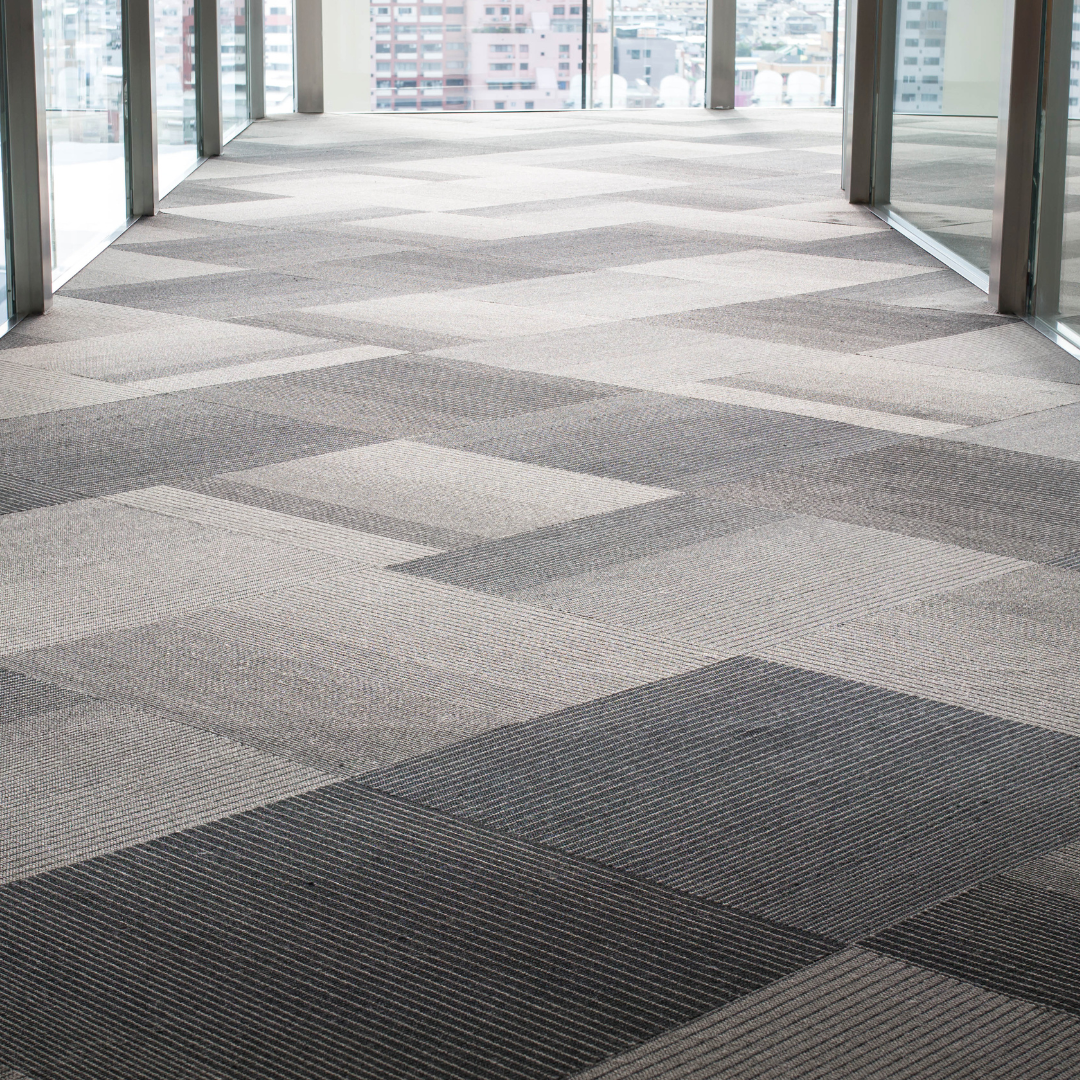Carpet Flooring
Choosing carpet for your flooring in your residence or business offers several benefits:
- Comfort: Carpet provides a soft and comfortable surface to walk, sit, or stand on, making it ideal for areas where people spend a lot of time, such as living rooms, bedrooms, or offices. It offers warmth and insulation, especially in colder climates.
- Noise Reduction: Carpet helps to absorb sound, reducing noise levels in your home or business. This can be particularly advantageous in multi-level buildings or busy areas where noise control is important.
- Safety: Carpet provides a non-slip surface, reducing the risk of slips and falls, especially in households with children or elderly individuals. Additionally, carpet can cushion falls, offering a safer environment for everyone.
- Aesthetics: Carpet comes in a wide variety of colors, patterns, and textures, allowing you to customize the look of your space to match your style and décor preferences. It can add warmth, depth, and visual interest to any room.
- Versatility: Carpet is suitable for virtually any room in your home or business, from bedrooms and living rooms to offices and commercial spaces. It can be installed over various subfloor types, including concrete, wood, and tile.
- Cost-Effective: Carpet is often more budget-friendly than other flooring options such as hardwood or tile. Additionally, carpet installation tends to be quicker and more straightforward, saving both time and money.
- Maintenance: Carpet is relatively easy to maintain with regular vacuuming and occasional professional cleaning. Stain-resistant treatments are available, making it easier to clean up spills and accidents.
- Health Benefits: Carpet can trap allergens and dust particles, preventing them from circulating in the air and potentially improving indoor air quality. However, it’s essential to regularly clean and maintain your carpet to ensure it remains a healthy environment.
Ultimately, the decision to choose carpet for your flooring depends on your specific needs, preferences, and the requirements of your space. Consider factors such as traffic levels, maintenance requirements, aesthetics, and budget when making your decision.
The Flooring Spot © 2025. Privacy Policy. Website by VENTURE RICH.



